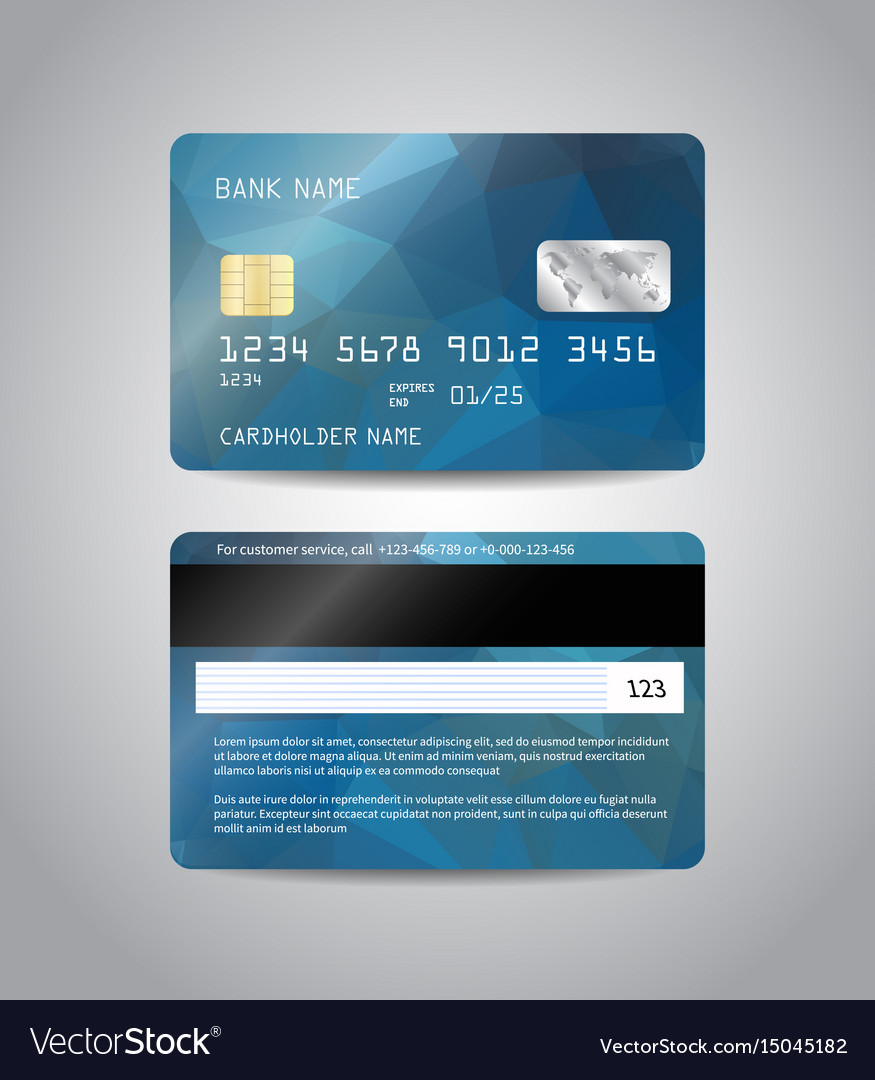

VantageScore uses the following breakdown: As a general rule, you should aim to keep this credit utilization below 30% both overall and on each individual card. In other words, having a balance of $2,000 is much better if your credit limit is $20,000 than if it’s $3,000 because your credit utilization would be 10% vs. It’s important to note, however, that FICO values the amount owed, as a percentage of the total credit available to you, not simply as a raw number. What Makes Up Your FICO ScoreĪccording to myFICO, an individual’s score is an aggregate of five differently-weighted categories of information:Īs you can see, the lion’s share of your score is accounted for by payment history and the amount currently owed, also known as credit utilization.

With that, let’s explore the nuts and bolts of how credit scores are calculated. It will also help you earn access to the best travel rewards credit cards and other best credit cards, as well as the best terms on other types of loans. Simply put, if your score is in the good-to-excellent range, lenders trust that you will repay your debts on time and will be more inclined to do business with you by offering you access to the best products and the best rates. Optimizing your credit score is important if you want to receive lower interest rates. It also ranges from 300 to 850, but it’s calculated a little differently than FICO. VantageScore, launched in 2006 by the three major credit reporting bureaus (Equifax, Experian and TransUnion), is another commonly used scoring model. Although it may not be perfect, it’s nonetheless how creditors assess risk the higher your score, the more responsible you appear. The number, ranging from 300 to 850 for FICO scores, is taken as an indicator of how well you can manage loans, mortgages and credit cards. Lenders use the credit scores issued by the Fair Isaac Corporation (FICO) or other credit scoring models to determine how loan-worthy a potential borrower is.


 0 kommentar(er)
0 kommentar(er)
